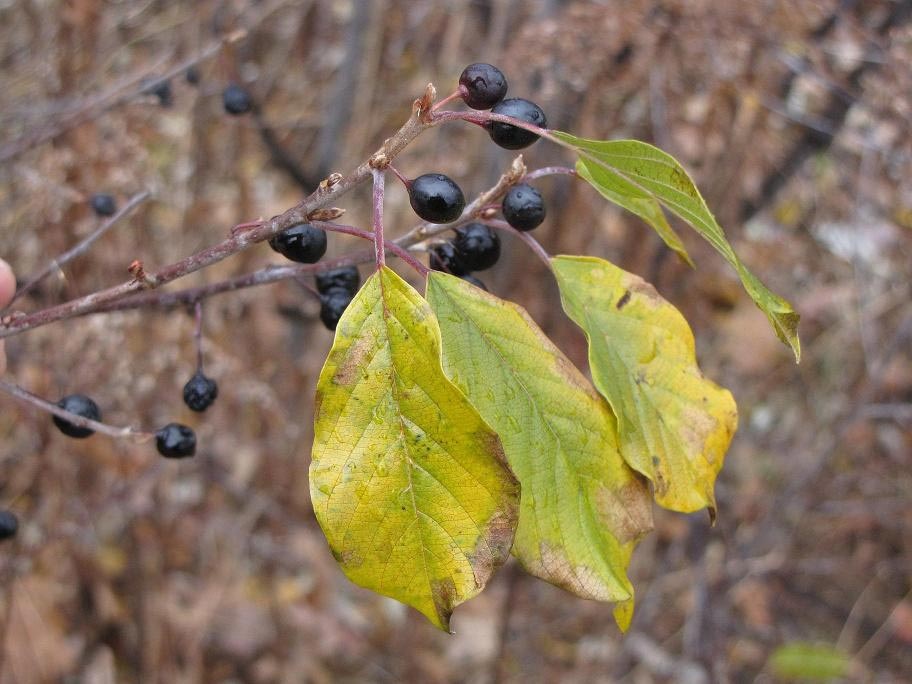Invasive plants impact the ecological integrity and timber production potential of forests. One particularly problematic species is glossy buckthorn (Frangula alnus). A shade-tolerant, fast-growing woody shrub that tends to take over the understory – especially in white pine forests – glossy buckthorn can prevent growth of tree seedlings, encroach on trails, and affect wildlife habitat. Local, state, and federal governments spend a lot of time and money managing for glossy buckthorn and other invasive species on public lands. Yet, in the Northeast, where more than 80 percent of the forested land is privately owned, individual landowner efforts to control invasives could potentially have a much greater impact.
In 2019, researchers at University of Illinois Urbana-Champaign, University of New Hampshire, and University of Maine sought to learn more about invasive plant management by surveying 939 forest landowners in Maine and New Hampshire. The survey explored respondents’ preferences for control methods (mechanical versus chemical), their motivations for controlling glossy buckthorn, and how much the cost of invasive plant management influenced their decisions.
According to the survey results, published this year in the Journal of the Agricultural and Applied Economics Association, approximately 12 percent of landowners were aware of glossy buckthorn’s presence on their properties and 9 percent had made efforts to control it. The majority of all respondents preferred mechanical methods of removing invasive plants and were motivated by improved wildlife viewing, timber production, and trail recreation. Invasive plant management is often eligible for USDA cost‐sharing programs that reimburse landowners for up to 75 percent of the costs of chemical and/or mechanical control methods, but fewer than 1 percent of the family forest owners surveyed had participated in such programs within the last 10 years.
Efforts to control invasive plants in one place can be compromised by a lack of management on nearby properties, where persistent glossy buckthorn shrubs become source populations as their seeds are spread by mammals and birds. According to the survey, owners of smaller properties who knew their neighbors had glossy buckthorn and were trying to manage it were more likely to adopt control measures. The researchers suggested that encouraging this “neighbor effect” by providing information about how people living nearby are managing invasive plants on their land could encourage more landowners to take action.


